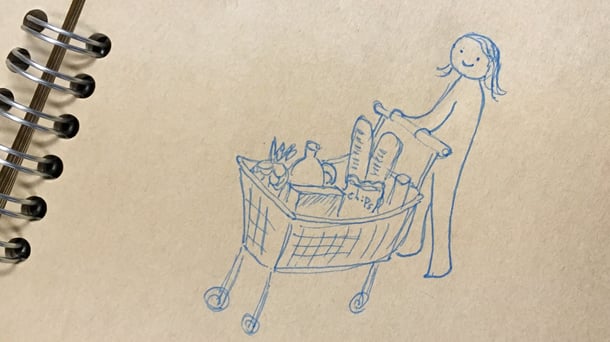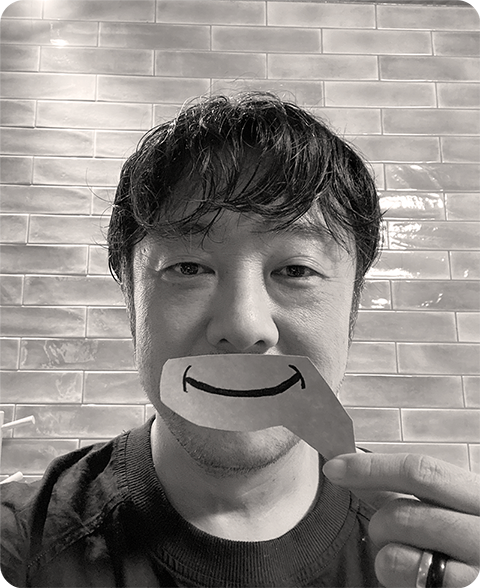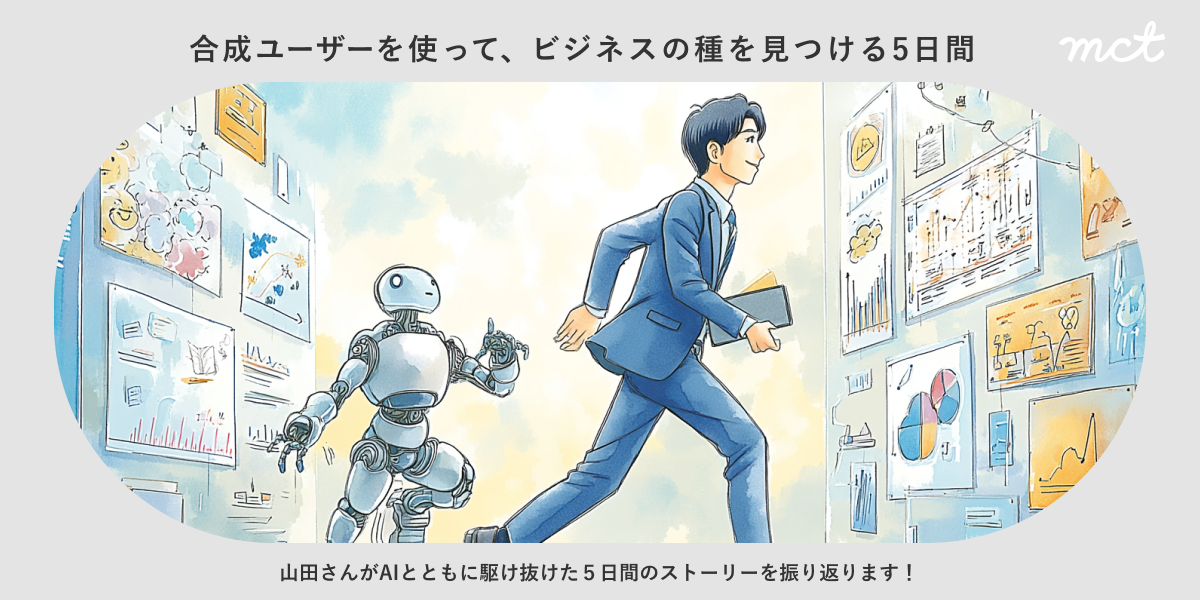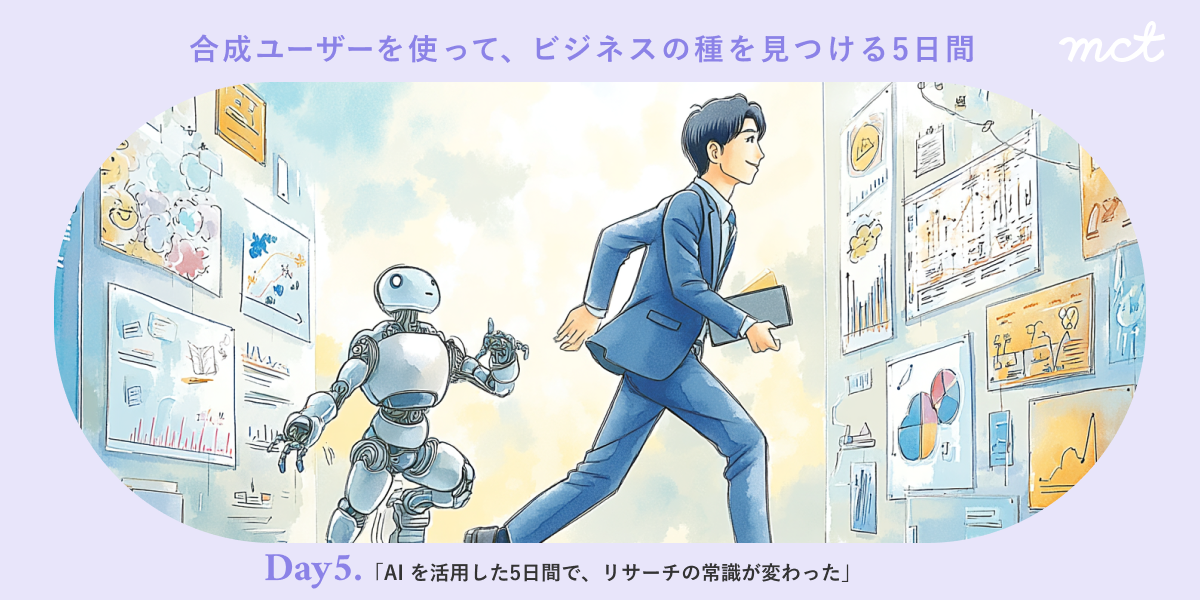2024.10.01
ショッピングカート Shopping Cart
アメリカに行った際、健康志向のスーパーマーケットであるWHOLE FOODSに立ち寄ることがあるのですが、そこでいつも「日本とは違って面白いな」と感じることがいくつかあります。その一つが今回ご紹介したいショッピングカートの件。When I go to the US, I may stop by WHOLE FOODS, a health-conscious supermarket, but there are a few things that always feel like ‘Oh, that’s an interesting difference…’ One of them I would like to introduce is the shopping cart.
日本では買い物カゴをショッピングカートに載せて運ぶのに対し、アメリカでは食べ物をショッピングカートにダイレクトに入れる。よく、「車社会のアメリカでは大量に食べ物を買うためショッピングカートが巨大」といった記事を目にしますが、僕が着目したいのはそこではありません。食べ物を金属のショッピングカートにダイレクトに触れさせることに対する日米の感覚の違いです。In Japan, plastic shopping baskets are carried on shopping carts, whereas in the United States food is placed directly in the shopping cart. Well, I often see an article saying "The shopping cart is huge in order to buy a large amount of food as America is a car-based society,” but that is not what I want to consider about this time. Rather, it is another difference between Japan and the US about food touching a metal shopping cart directly.
日本では金属の網に食べ物を直接載せることは何だか避けられる。しかし、米国では平気。この違いは何なのか?米国出身のEricと話をしてみました。In Japan, people generally take care to avoid putting food directly on the metal cart. However, in the United States, it seems not to be an issue… What is the difference? I talked about this with Eric from the US.

日本人としては「食べ物が傷つきそう」という感覚があるでしょう。そしてその背後には「食べ物を傷つけたくない」という、一つひとつのモノへの配慮の心があります。おそらくこれは「モノに魂が宿る」というアニミズムの思想も根源です(もちろん、食べ物が傷まないという点も大きいですが)。モノに人格を見出し、乱暴に扱ったら可哀そう、モッタイナイという気持ち。幼少期から「乱暴に投げたらオモチャが可哀そうだよ」と教えられることで、このマインドセットが出来ていくのだろうと思われます。As a Japanese person, we may have the sense that "food is likely to get hurt.” And behind that there is partly a heart of consideration for every thing that "I don’t want to cause it pain.” Probably this is the idea of animism that "souls live in things,” finding personality in things. And if treating roughly, we then feel sorry about it, a feeling of “mottainai”. It is believed that this mindset will develop from childhood, being taught, "If you violently cast a toy, the toy will cry."
それをEricに話すと、全然違う角度で答えが返ってきました。アメリカではモノに心があると考えられている訳ではないが、人や宗教・信条などの表象(=アイコン)となるという感覚がある。アニミズムではなくて、アイコンとしてのモノ。アイコンとして考えられているモノには背後に意味があり、その取り扱い方は、そのアイコンの背後にある意味に対する配慮の度合いに比例する。As I discussed this with Eric, the answer returned at a completely different angle. In America, and in the West, things generally do not have a spirit like humans, but instead come to represent concepts such as people, institutions, or beliefs. Instead of animism, it is iconography. How you treat things, then, reflects your sense of care or respect around the concepts an object represents.
具体例を挙げると、国旗を乱暴に取り扱ったらその国に対して配慮がないことを示す。おじいちゃんの道具を乱暴に扱ったら、おじいちゃん自身をないがしろにしたことになる。ただし、日本のように道具が可哀そうという感覚とは違う。で、ダイコンやニンジンはアイコンの意味合いを持たないモノなので、丁寧に扱うという意識にはならないということでした。For example, if you handle the national flag in a rough way, you are in effect, not caring about the country it represents. On a more personal scale, let’s say you carelessly use or misplace your grandfather’s tools. Then it would be as if you have carelessly treated grandpa himself. However, it is different from the feeling that tools themselves will cry sadly like in Japan. Returning to groceries, they see that daikon root and carrots do not reach the icon level, so it is not necessary to be conscious of careful treatment.
ただ、日本でも、菓子パンの入ったビニールの袋にまで魂が宿る感覚はないので、大事にするモノの範囲が国によって違うという視点でも捉えることができるとは思います。蚊を殺したくない国というのがもしあれば、その国の人にとっては日本は残酷な国に映るかもしれません。However, in Japan, there is no feeling that the soul will stay in a plastic bag containing a pastry bread, so I think that you can also capture this phenomenon from the viewpoint that the range of things you care about differs from country to country. If there is a country that does not want to kill mosquitoes, then for them, Japan’s perspective on mosquitoes may be seen as cruel.
今回はショッピングカートへの食べ物の載せ方の違いから、日本のアニミズムと米国のアイコンの話へと流れていきましたが、かすかな行動の違いから大きな文化の違いが見いだせる例としてご紹介させていただきました。This time, thoughts about the shopping cart flowed to the story of Japanese animism and the iconography in the United States, but I want to introduce this as one example where a big cultural difference can be found from the difference in seemingly faint behaviors.
◆グローバルエスノグラフィのお問い合わせ等はこちらまで◆
http://mctinc.hs-sites.com/global_ethnography
-

-
Takeshi Sato
株式会社mct ストラテジスト
- CX・顧客経験
- 組織デザイン
- インサイト
- グローバル
- 顧客中心
- ヘルスケア
- 患者理解
- 製薬
- サスティナビリティ
- 患者中心
- PPI
- PSP
- SDM
- ビジネスデザイン
- ペイシェント・セントリシティ
- イベント告知
- イノベーション
- デザイン思考
- 働き方
- DMN
- コ・クリエーション
- チームワーク
- セミナー
- 働き方改革
- ZMET
- エクスペリエンスデザイン
- futuredesign
- covid19
- エスノグラフィックリサーチ
- デザイン
- デザインリサーチ
- リモートコラボレーション
- ワークショップ
- 事業開発
- ソリューション
- カスタマージャーニー
- オンラインワークショップ
- ギャップファインディング
- 従業員体験
- CXマネジメント
- signal
- ブランディング
- 技術開発
- 101_design_methods
- フューチャーデザイン
- エンゲージメントデザイン
- サービスデザイン
- トレーニング
- メソッド
- シグナル
- 機会探索
- PlayfulNetwork
- マインドセット
- AI
- COM-B
- SDGs
- UIデザイン
- サーキュラーエコノミー
- フューチャー思考
- CSA Research
- UXデザイン
- mcTV
- プレイフル
- 事例
- 製品・サービス開発
- Forrester research
- フィールドワーク
- メタファー
- リフレーム
- Employeeexperience
- エフェクチュエーション
- カルチャーコード
- クルースキャン
- シグナル探索
- ビジネスデザインプログラム
- フレームワーク
- プロトタイピング
- CX4DX
- CultureMeetup
- PRO
- gamefulCX
- leadership
- mct labo
- お知らせ
- ゲームデザイン
- デザインスプリント
- トレンドリサーチ
- ビジネスモデル
- 映像編集
- MOT
- NELIS
- Remo
- インタラクションマップ
- デジタルエクスペリエンス
- デジタルツール
- バイアス
- ファシリテーション
- プロダクトジャーニー
- 学習
- LGBT
- wasedaneo
- インタビュー
- インプロ
- セルフドキュメンタリー
- デザインシステム
- デザイントレンド
- デザインマネジメント
- デジタル
- ベンチマークリサーチ
- リーダーシップ
- リーンスタートアップ
- ロードマップ
- 伴走型支援
- 創造性開発
- 動的安定性
- 反脆弱性
- 学習体験デザイン
- 市場調査
- 測定
- 用途開発
- 研修
- 経営戦略
- 調査設計
- 資本提携




